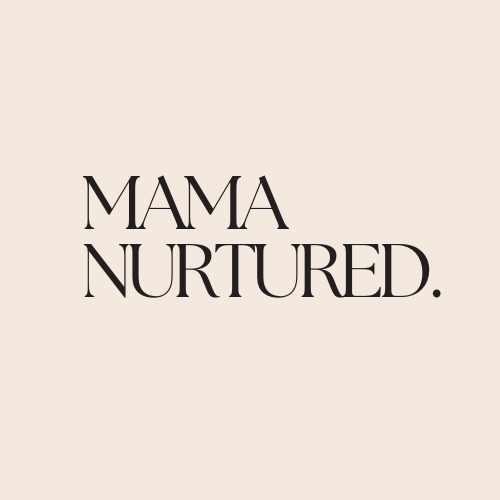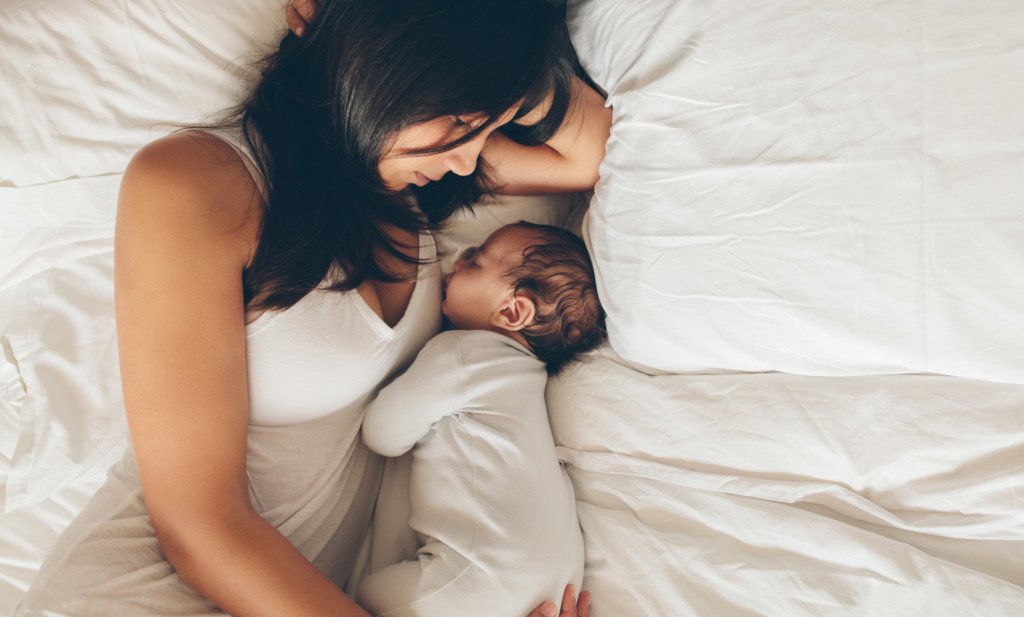Your baby is essentially a cave baby.
Your baby doesn’t know it was born in 2023 as opposed to the Stone Age. They are essentially a cave baby wearing an H&M sleepsuit. It is society that has changed, not your baby’s brain.
Human babies enter the world completely dependent on their caregivers to tend to their every need. Compared to other primate species, human infants are especially helpless because their brains are comparatively underdeveloped.
It has been hypothesised that a human foetus would have to undergo a gestation period of 18 to 21 months to be born at a cognitive development stage comparable to that of a chimpanzee newborn. The more intelligent an animal will eventually be, the more relatively immature its brain is at birth.
The infant brain develops from the bottom to the top in three stages. The survival brain develops first, it is in charge of our primitive survival reactions such as fight, flight and freeze. Then comes the emotional brain or limbic system which develops extensively between the ages of 0-3. Last comes the thinking part of our brain, the prefrontal cortex, which keeps developing to the age of 25 and beyond. When your baby is first born, it is very much in its primitive survival brain.
When I was stuck in a Googling rabbit hole, drowning in a sea of contradicting parenting advice, I would stop myself and ask ‘what would a cave baby do?’. This would bring me back to my innate wisdom, it would guide me to trust my instincts and to bring things back to simplicity.
How can this analogy guide us in our parenting choices?
Sleeping close
Babies sleeping alone is a modern concept. Our prehistoric ancestors knew that a crying baby would attract predators, so babies were held close, sleeping with their mums, co-sleeping as a family and nursing on demand.
If prehistoric parents were to put their babies in another room of the cave (I mean, a two-bedroomed cave was probably unlikely!) on the floor, they would likely have been eaten.
When parents sleep train their babies, leaving them alone to cry, they firstly respond to a non-responsive presence with a fight-or-flight stress response, it may appear that they are sleeping but in fact they are still waking and still in stress knowing that no one is coming to co-regulate them, so they stop signalling for help.
This process uses babies’ innate survival mechanism to shut down if no one is around to help. This would have protected them from predators, as shutting down would have been safer than crying out.
Baby wearing
Prehistoric parents would have carried their infants around all day, as it was most convenient and they would have just got on with their day. This was also another way to protect their babies from the many predators around.
When your baby is sleeping in a carrier, both of your brains are bathed in nurturing hormones and neurotransmitters. We are wired this way.
All the stuff
We think we need all this baby paraphernalia that is going to fix sleep, ease feeding issues, cure colic, entertain the baby, make us and our baby happier. In fact, all our babies need is us.
There would have been no self-rocking cot, instead prehistoric parents would have rocked their children to sleep using their own arms.
Teething toys would have been animal bones (in fact, one of the best things you can give a weaning baby is a chicken drumstick, it helps with oral motor skills).
Medicine, if ever needed, would have been plant-based.
Skin to skin
Back in the day, babies didn’t wear clothes. Or perhaps they might have worn a bit of animal fur in colder climates. They didn’t have itchy man-made fabrics with sticky out labels, or plastic pampers.
Babies would have spent all day and night in skin to skin contact with their mothers. In the skin to skin position on your chest, your baby receives the complete sensory experience your body provides. It regulates their heart beat and breathing, stimulates digestion, regulates body temperature and helps to calm both mum and baby.
Breastfeeding
One study identified that women would breastfeed their children to the ages of three or four during the Paleolithic era. This may have led to better brain development in humans and better immunity as well. The extended breastfed babies won the evolutionary race!
The village
Early humans lived in close-knit communities. Most of the adults, especially the elderly who were not so active in hunting and gathering, became designated caregivers to the little ones. The wisdom they passed on helped the human race thrive.
We need our village too.
Parenting style
Most of the Stone Age style of parenting points to attachment parenting. Children were cuddled, carried, held and hugged.
So, even though you and I know that sabre-toothed tigers don’t roam outside our bedroom - your baby doesn’t. They are born with their instincts fully intact. If you’re ever stuck in a parenting quandary, gone down a Google rabbit hole, ask yourself - ‘what would a cave family have done?’. And you might then discover your innate wisdom, which was there all along just a little lost in our modern day information overloaded society.




